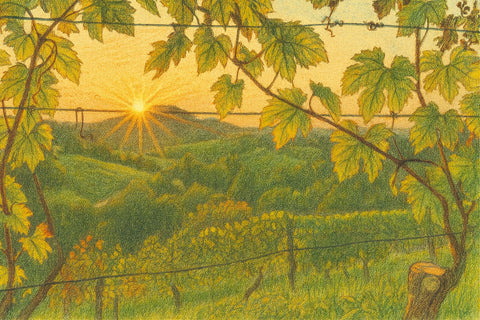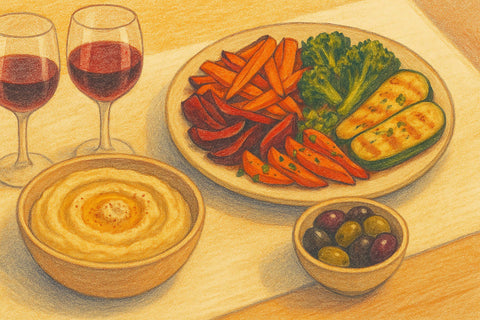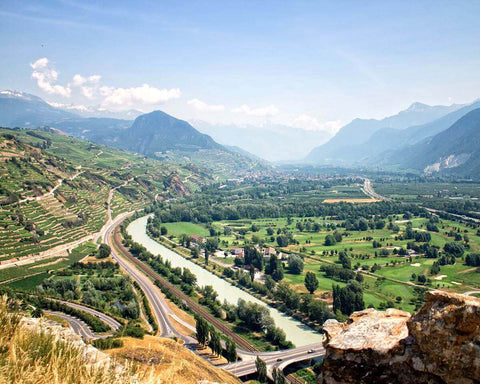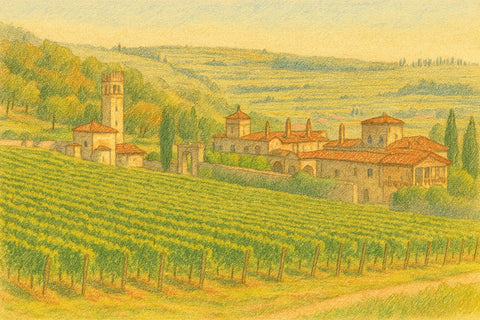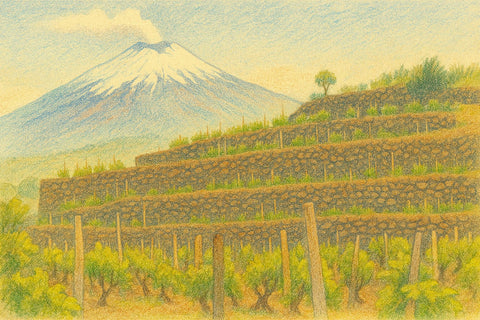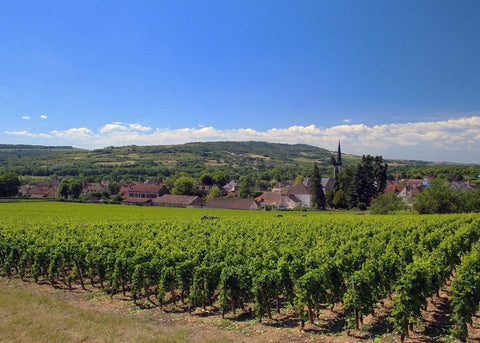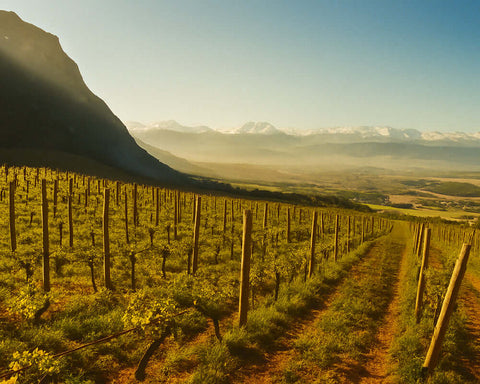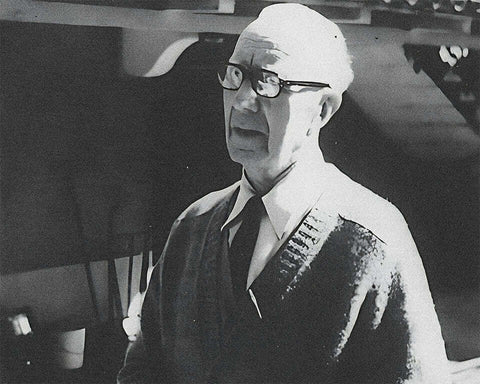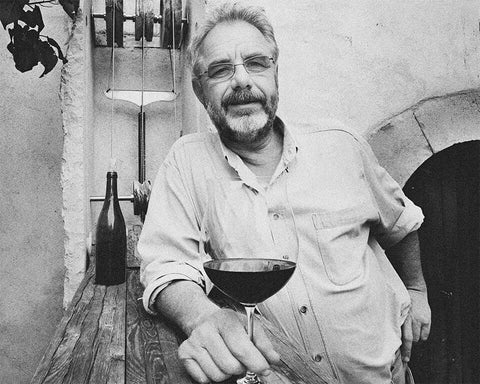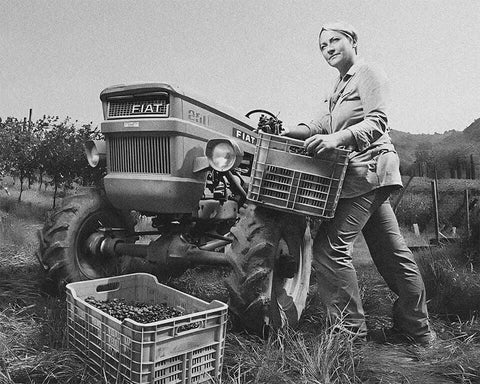The natural wine movement has emerged as a significant force in the global wine industry, advocating for sustainable viticulture and minimal intervention in the winemaking process. This movement prioritizes organic and biodynamic farming practices, eschewing synthetic chemicals in favor of natural alternatives. In the cellar, natural winemakers utilize indigenous yeasts for fermentation and avoid additives like excess sulfites, resulting in wines that authentically express their terroir. The rise of natural wine reflects a growing consumer demand for transparency, environmental responsibility, and authenticity in winemaking, challenging conventional practices and reshaping the landscape of modern wine culture. As we delve deeper into the principles and impact of this movement, we explore its roots, key figures, and the unique characteristics that define natural wines.
Table of Contents
- The Snapshot
- Overview
- Main Characteristics
- Natural Winemaking vs Conventional Winemaking
- Natural vs Organic vs Biodynamic
- How Natural Wine Tastes & Looks
- Why Try Natural Wine?
- Is Natural Wine Healthier?
- Is Natural Wine Headache-Free?
Natural Wine: The Snapshot
Natural wine is a type of wine made in small batches from hand-harvested organic or biodynamic grapes with minimal intervention in the cellar. These are the main characteristics of natural wine:
- Organic, biodynamic, or sustainable farming practices
- Regenerative agriculture practices
- Minimal or low intervention in the cellar
- Minimal use of sulfites during winemaking and at bottling
- Spontaneous fermentation with native yeast (ambient yeast)
- No chemicals throughout the whole winemaking process
- Bottled unfined and unfiltered
- Ethical and fair labor practices
Natural Wine’s Significance
In the last twenty years, an increasing number of wine producers have not only shifted to organic farming and biodynamics, but they have also adopted a different winemaking approach: natural winemaking. It must be noted that for some producers, natural winemaking has always been the only choice.
Natural winemaking has become a movement akin to a revolution, a nemesis to the industrialization and homogenization of wine in the past three decades. Natural wine producers are at the forefront of this movement, rejecting industrial techniques and the excessive use of pesticides, fungicides, herbicides, or fertilizers in the vineyard.
Natural winemakers also reject the homogenization of taste and the predominance of international grape varieties, preferring indigenous varietals and focusing on terroir—the much-debated “taste of place.”
Natural wine is still, to mainstream audiences, a mysterious subject despite its surge in popularity. Here we explain what natural wine is and dispel common misconceptions.
Natural Wine’s Main Characteristics
- Made with minimal intervention in the cellar during the winemaking process.
- Fermented with natural yeast—no industrial yeast is added to trigger fermentation or add flavors.
- The fermentation process is not controlled by chemicals or heavy temperature manipulation.
- Sulfur dioxide in minimal quantities is the only substance added, serving as a stabilizer and preservative.
- Often bottled unfined and unfiltered; sediment may collect at the bottom of the bottle.
- Grapes are farmed organically or biodynamically (even when not certified). Learn more about organic wine and biodynamic wine.
- Producers tend to work with indigenous grape varietals, including long-forgotten ones.
- Fair and ethical labor practices from vineyard to cellar.
Natural Winemaking vs Conventional Winemaking
To understand what natural winemakers are opposing, here are some common substances and techniques used in conventional winemaking:
- Lab-grown yeasts
- Antimicrobials
- Antioxidants
- Acidity regulators
- Filtering gelatins
- Fining agents such as egg white, casein, isinglass (see: what makes wine vegan)
- Electrical fields treatment
- Gas injections to aerate the wine
- Reverse osmosis to control alcohol/juice ratio
- Heavy temperature control
Natural Wine vs Organic Wine vs Biodynamic Wine
Natural wines are the product of a winemaking approach that may or may not be used to produce all organic or biodynamic wines. Not every organic or biodynamic wine is also a natural wine, but every natural wine is made with grapes farmed organically or biodynamically.
There is no shared legal definition for “natural wine,” unlike the well-defined regulations for organic wine (USDA) and biodynamic wine (Demeter). It’s not uncommon for organic or biodynamic wines to be made following a conventional approach—this doesn’t make them inferior, but it’s different from natural winemaking.
Conventional winemaking can be fine when substances and procedures aren’t abused. However, at Primal Wine we believe that natural wine represents the purest and most authentic expression available on the market. Browse our best-selling natural wines.
How Natural Wine Tastes & Looks
Natural wine can taste dramatically different from other wines. It can show higher acidity—sometimes comparable to Belgian-style sour beer or kombucha—and is rarely aged in new oak. As a result, natural wines often feel fresher, are less extracted, and trend lower in alcohol.
Because natural wine is usually unfined and unfiltered, it can look hazier than standard wine—especially some whites. To some people natural wine is funky, wild, and unpredictable; to others (including us), it’s exactly how wine should taste.
Why Should I Try Natural Wine?
A few important points we like to stress at Primal Wine:
- Natural wine might not be for everyone—but everyone should try it at least once. Even if it’s different, it’s an eye-opening experience.
- As with all wine, there are great and not-so-great bottles. We taste through and curate the best natural wines available.
- We won’t claim natural wine is “healthier,” but we do believe synthetic pesticides and herbicides are best avoided—hence our focus on organic and biodynamic farming.
Is Natural Wine Healthier than Regular Wine?
Decades of research indicate that wine contains compounds that may offer benefits when enjoyed in strict moderation. Still, it would be irresponsible to claim that natural wine—or any wine—is “good for your health.”
Wine contains alcohol, and alcohol in excess is harmful. We advocate responsible enjoyment: moderation, pairing with food, and sharing with friends and family.
Is Natural Wine Headache-Free?
It would be irresponsible to make such a promise, for two reasons:
- There is no scientific proof that sulfites alone cause headaches. Wine-related headaches are subjective and can stem from many factors.
- Natural wines contain sulfites formed naturally during fermentation—there is no such thing as zero-sulfite wine. That said, low-sulfite wines may suit those who are sensitive.
Why Might Wine Give You a Headache?
- Alcohol Content: can dehydrate and dilate blood vessels.
- Histamines: more common in reds; sensitivity varies.
- Tannins: from skins/seeds/stems; may trigger serotonin release in some.
- Sulfites: often blamed; many foods contain more.
- Tyramine: can raise blood pressure for some.
- Sugar Content: high residual sugar can contribute.
- Drinking Patterns: drinking fast or without food intensifies effects.
- Congeners: fermentation byproducts; sensitivity differs.
- Personal Sensitivities: everyone’s biochemistry is unique.
If you’re prone to headaches, speak with your doctor. Be skeptical of “clean wine,” “zero sugar,” or “no sulfites” marketing claims. For smarter choices, see our editor-curated best sellers.
Key Figures in Natural Wine
Central to the success of this movement are several key figures—pioneering producers and influential advocates—who have tirelessly promoted natural wine and its principles.
Jules Chauvet
Often regarded as the godfather of the natural wine movement, Chauvet’s mid-20th-century research in Beaujolais laid the groundwork: indigenous yeasts, low/no sulfur, and terroir-driven expression. His teachings influenced a generation of winemakers.
Marcel Lapierre
In Morgon, Lapierre adopted Chauvet’s principles, shifting to organic farming and minimal intervention. His pure, vibrant wines inspired many; today, his children continue the work.
Jean Foillard
Another Morgon luminary, Foillard crafts deep, complex wines from organic farming and indigenous yeast, with minimal sulfur. His Morgon “Côte du Py” is especially esteemed.
Nicolas Joly
Based in the Loire Valley, Joly is a leading voice for biodynamics. His Coulée de Serrant is among the most famous biodynamic vineyards in the world, and his advocacy has shaped global discourse.
Guy Breton
“Petit Max,” along with Lapierre, Thévenet, and Foillard—the Beaujolais “Gang of Four”—helped revive the region by emphasizing organic farming and minimal intervention in the cellar.
Keep exploring: shop our best-sellers in natural wine, learn about vegan wine, or dive deeper into organic and biodynamic practices.
